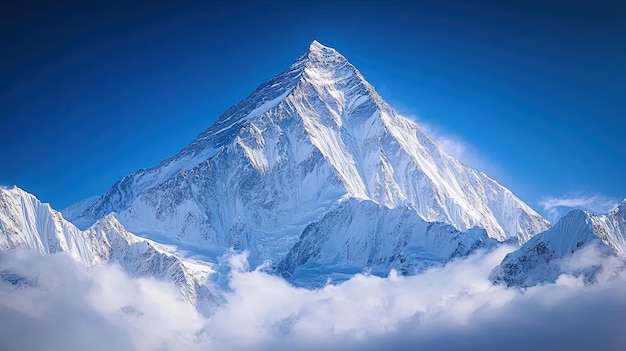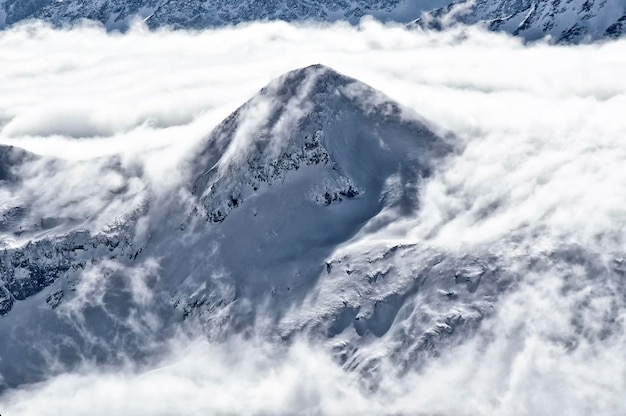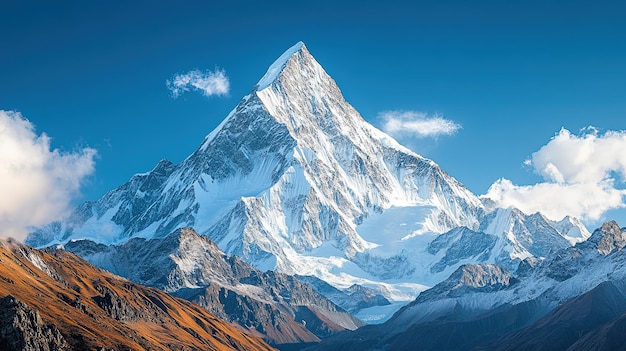Emergency Rescue on K2: What Happens When Things Go Wrong?
Emergency Rescue on K2 is not just a possibility—it’s a matter of life and death. When climbers push their limits on the world’s second-highest peak, even the most prepared adventurers can face dangerous conditions, from sudden avalanches to altitude sickness. So, what really happens when things go wrong on K2?

🏔️ The Harsh Reality of K2: Why Rescue is So Difficult
K2, also known as Mount Godwin-Austen, is part of the Karakoram Range and ranks as the second-highest mountain in the world after Mount Everest (National Geographic). Nicknamed the Savage Mountain, K2 is far more dangerous due to its:
Sudden weather shifts
Steep and technical climbing routes
Remote geography in northern Pakistan
Lack of permanent rescue infrastructure
These challenges make Emergency Rescue on K2 far more difficult than on commercial peaks like Everest.
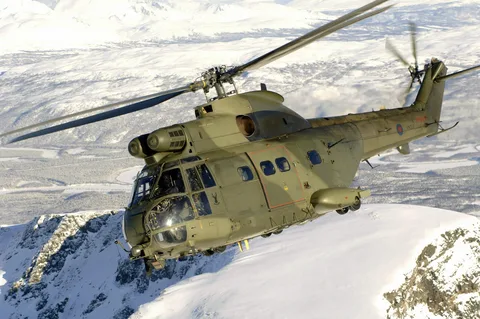
🚁 Helicopter Evacuations: The High-Risk Lifelines
Helicopter rescues on K2 are usually carried out by the Pakistan Army Aviation Unit, using Airbus AS350 B3 helicopters known for high-altitude performance (Airbus Helicopters).
However, such missions are only possible when:
Weather conditions are favorable
The altitude is below ~6,000 meters
Flight paths are free of wind tunnels and clouds
One famous rescue involved Tomasz Mackiewicz and Elisabeth Revol on nearby Nanga Parbat, where Pakistani pilots performed a daring night mission (The Guardian).
🧗♂️ Self-Rescue Techniques: Your First Line of Defense
When helicopters can’t reach, self-rescue becomes the only hope. During Emergency Rescue on K2, climbers rely on:
Mountaineering gear: ropes, crampons, ice axes
Avalanche safety tools: transceivers, probes
First-aid training for frostbite and HAPE
Route navigation with topographical maps and GPS
A great self-rescue story is Denis Urubko’s daring descent in 2020 after his teammate fell ill, proving how training can save lives (ExplorersWeb).
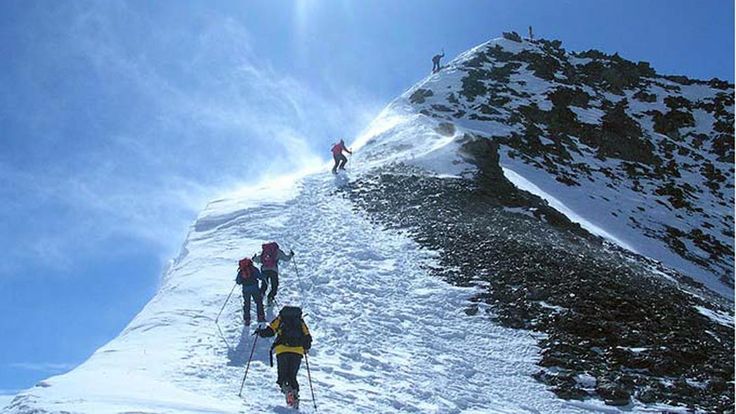
📡 The Role of Emergency Communication Devices
Communication is critical during Emergency Rescue on K2. Without it, climbers are isolated and helpless. Recommended tools include:
Garmin inReach for GPS and SOS (Garmin)
Thuraya Satellite Phones for voice calls in remote areas (Thuraya)
SPOT Gen4 devices for sending help signals (Globalstar)
Two-way radios for internal team communication
These tools ensure that if you go down, someone can find you.
🧭 Real-Life Rescues: Stories of Hope and Tragedy
Emergency Rescue on K2 is filled with dramatic tales of courage and heartbreak. Here are some notable events:
- Ali Sadpara’s Tragic Disappearance (2021): A national hero lost during winter summit attempt. International rescue teams and satellite tech were used, but sadly, bodies were only recovered months later (Al Jazeera).
- Rick Allen (2018): Rescued by drone navigation after presumed dead. His teammate used a drone to spot him from above (BBC).
- The 2008 K2 Disaster: 11 climbers died after a serac fall. Rescue efforts were hindered due to bad weather and lack of coordination (Outside Online).
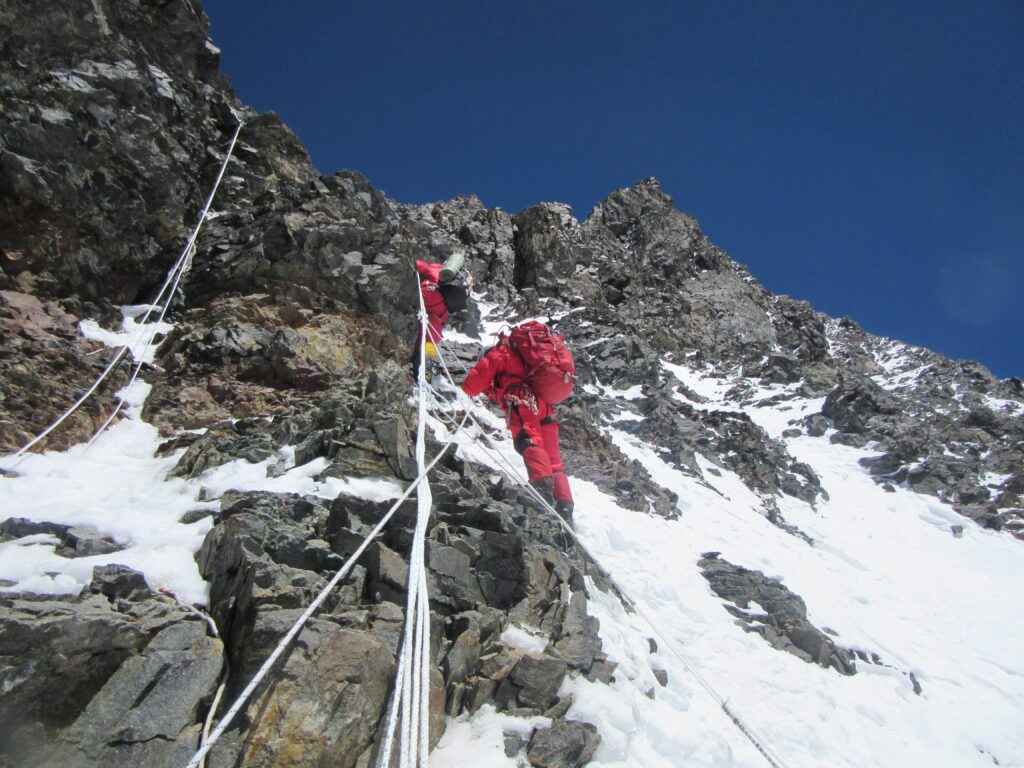
📋 Essential Advice for Climbers on K2
For anyone planning a K2 expedition or even a trek to the base camp, being prepared can mean the difference between life and death.
Here’s what to do:
Join a licensed expedition operator with rescue planning
Buy specialized insurance like Global Rescue
Train in high-altitude mountaineering and first-aid
Keep emergency food, oxygen, and bivouac shelter
Use weather forecasts from Mountain-Forecast
Every step of preparation reduces the risk of requiring Emergency Rescue on K2.
💬 Final Thoughts
Emergency Rescue on K2 is an awe-inspiring mix of human endurance, modern technology, and raw natural challenge. If you’re dreaming of climbing or even trekking around K2, respect the mountain, prepare for the worst, and never underestimate the importance of a solid rescue plan.
Stay safe, stay smart—and let your adventure begin.
📚 FAQs – Emergency Rescue on K2
Q1: Is helicopter rescue available on K2?
Yes, but it’s limited to certain altitudes and weather conditions. The Pakistan Army conducts most of these high-risk missions.
Q2: What is the cost of rescue on K2?
It can range from $10,000 to $30,000 or more. It’s essential to have insurance that covers helicopter evacuation.
Q3: What communication tools are best for K2?
Satellite phones and Garmin inReach devices offer the best combination of voice communication and GPS/SOS services.
Q4: What happens if no rescue is possible?
In extreme conditions, climbers must rely on self-rescue techniques, team support, or await help while rationing resources.Q5: Are there permanent rescue stations on K2?
No. All rescues are arranged on-demand. There are no dedicated mountain rescue teams stationed at K2.



